Meadownlands, an ecosystem of wetlands, a few miles to the west of New York City, used to be associated with vast and often unregulated landfills, polluting industries and other unbridled environmental abuses. The Meadowlands are located in New Jersey, the small but densely-populated state that counts the most Superfund sites in the US.
Jon Cohrs, Back Water (trailer)
Artist Jon Cohrs first started canoeing through the area a few years ago as he was investigating the artificial flavouring industry in Northern New Jersey. At some point, his interest broadened and the project turned into a film about how the local landscape is slowly recovering from decades of toxic industrial assaults. It might seem almost impossible but in spite of all the chemical contaminants in soil and water, the Meadowlands is inhabited by many species of fish, crustaceans, mollusks, birds, reptiles, amphibians, small mammals and of course fungi and plant species.
The area, which started to recover in the late 2000s following the decline in manufacturing and a number of programs to restore and preserve ecosystems, offered the artist the perfect backdrop for a reflection on the changing nature of wilderness.
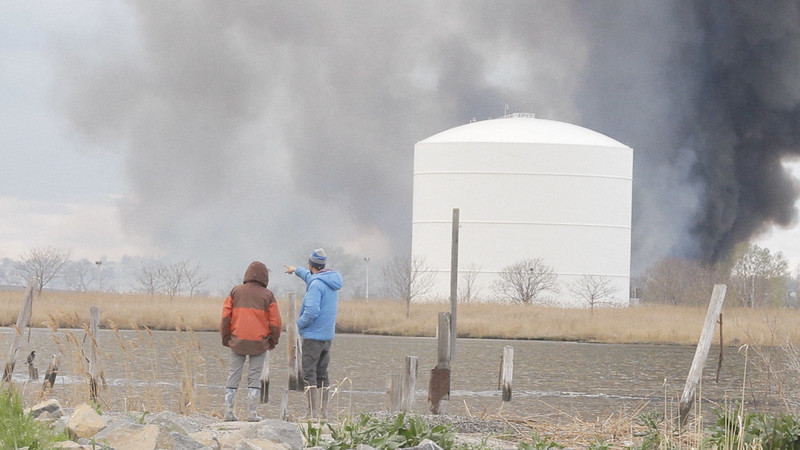
Jon Cohrs, Back Water, 2020
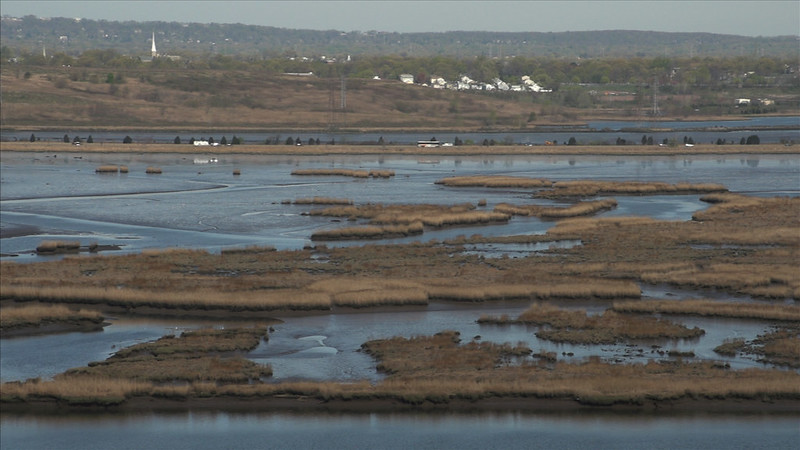
Jon Cohrs, Back Water, 2020
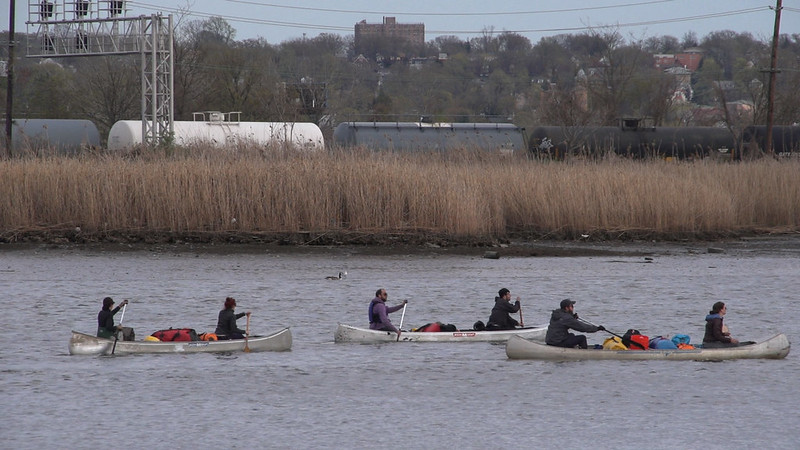
Jon Cohrs, Back Water, 2020
Cohrs asked a cook, a writer, a hunter, a lawyer, a sound engineer and a cameraman to accompany him on a canoe trip along the Hackensack river. The expedition lasted 10 days. They canoed the post-industrial waterway, camped in the Meadowlands (which involved sleeping on top of an old dump buried under vegetation and a perhaps not so impermeable liner) and battled against uncooperative weather.
The film, however, is not about their adventures but about the strange hybridity of wilderness and industrialisation that never seems to welcome these seven human beings. Despite the ubiquitous signs of modern life, despite the power lines, the highways, the factories and all the garbage floating around, the group felt very isolated from the modern world. The only people they met along the journey were a series of overweight police officers and intimidating men asking them more or less politely to go away because they were too close to a gas pipeline, trespassing on “private” property or simply because a canoe trip in this almost post-apocalyptic nature looked rather odd and suspicious.
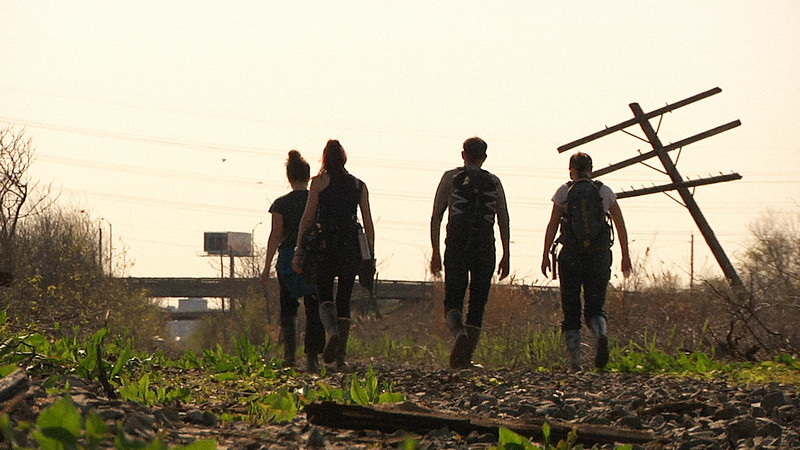
Jon Cohrs, Back Water, 2020
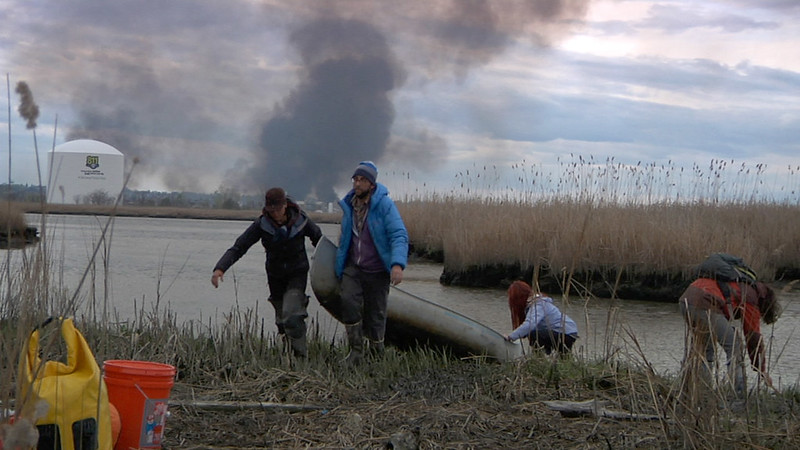
Jon Cohrs, Back Water, 2020
With its quiet pace, its not very stunning landscape views and its heavy clouds of smoke that might or might not indicate that the methane created by decomposing garbage is burning off, Back Water manages to encapsulate all the drama and dilemmas of the Anthropocene in a film. One moment the group is set to visit a site contaminated by a manufacturer of Agent Orange. Next, they are freeing turtles from a cage probably installed by poachers.
The alienation is at our doorstep. It is both enticing and deeply troubling.
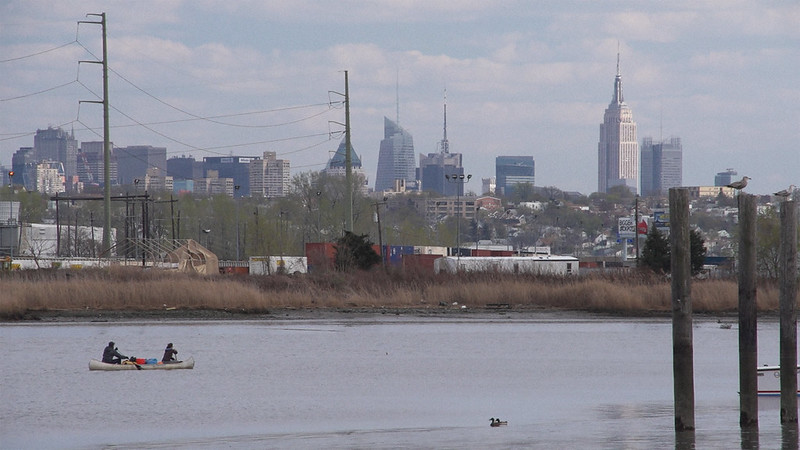
Jon Cohrs, Back Water, 2020
The film is out on Apple TV, Amazon Prime and Vimeo.
Related stories: The Spice Trade Expedition – In pursuit of artificial flavoring, From animal sensors to Monet as a painter of the anthropocene. 9 things i learnt on the opening day of the HYBRID MATTERs symposium and HYBRID MATTERs exhibition: when biological and technological entities escape our control and transform the planet.
